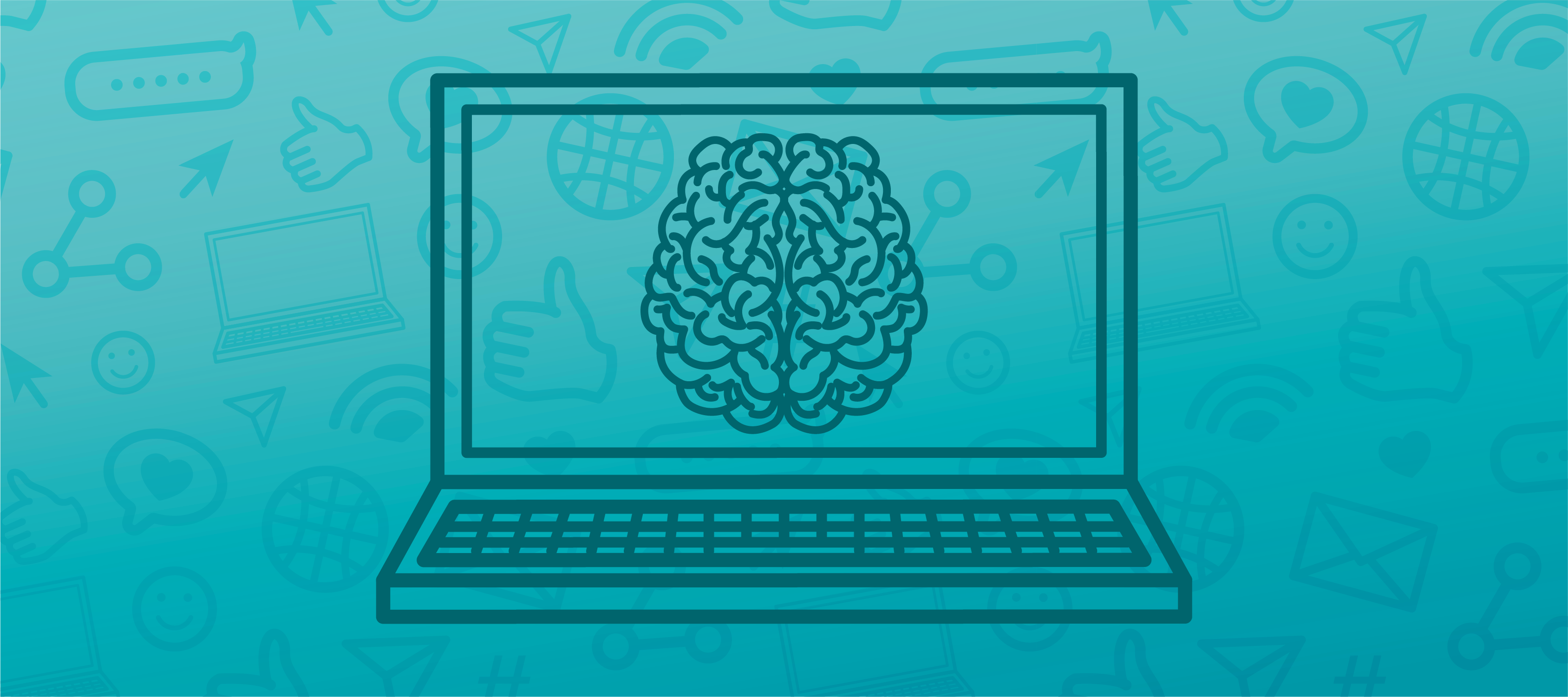Artificial intelligence (or AI) has been a hot topic for some time now. As more and more new programs are developed, people are asking how AI will affect our online landscapes. Should we dive headfirst into this new technology? Or should we exercise caution and simply dip our toes? Let’s discuss.
What is Artificial Intelligence?
Before getting too deep into the weeds, let’s define artificial intelligence. Merriam-Webster’s definition is helpful: “a branch of computer science dealing with the simulation of intelligent behavior in computers” and “the capability of a machine to imitate intelligent human behavior.” It’s basically taking a task commonly performed by humans, like writing, and creating a program that can replicate that task.
There are a variety of AI programs already in existence. Some are programmed to write copy, some to generate images, and others still to simulate talking with another person. As of right now, most AI is fairly basic (when compared to human intelligence, at least). There haven’t been any reports of self-aware computers or lifelike robots parading around, wreaking the havoc we often see in science fiction. Programmers are, however, making leaps and bounds in this field, and we may be closer to robots than we were previously.
Where AI Meets Marketing
You may be asking yourself “What does artificial intelligence have to do with marketing?” and the answer is: a lot. You may be surprised to hear that there’s been a great deal of chatter around AI and the marketing world. A good deal of digital marketing is based in content marketing, and the number one thing you need for content marketing is actual content. With programs that can write copy and generate images, marketers could, in theory, use them to write advertising copy and create product images relevant to the product or service they are marketing. Assuming the programs develop enough over time, this could be a game changer for content creators everywhere.
The Pros and Cons
As with all new things, there are pros and cons to be weighed. One pro was already mentioned—the potential ease of content creation. There are some other pros as well. AI-generated images can be a good source of visual inspiration, especially when you are stuck for ideas. Those types of images could be used for mockups or placeholders until final art is rendered. You could also use image generators to test out ideas and see if you like the overall look of something.
Copywriting AI can be helpful for doing exactly that—writing copy. Chat-based AIs, meant to simulate conversations, are being developed for use as off-hours technical support. While it may not result in customers getting exact answers immediately, it could relieve some workload and help organize support requests.
There are cons as well. Any AI that’s programmed to write risks falling into the trap of generating nonsense. There may be correct spelling and grammar, but the programs may also write strange or off-topic things. AI that generates images have recently come under harsh scrutiny from the art world. While some see it as a tool or a source of inspiration, others feel it is a way to rip off artists or avoid compensating them for their work. There are questions about the legality of mining artists’ work so the AI can learn different art styles, and confusion over what has and hasn’t been agreed to via social platforms’ Terms of Agreement. A recent class action lawsuit is attempting to address some of these concerns.
Along with the legality questions and the nonsense pitfalls, AI simply isn’t developed enough—yet—to be the magical content solution some people want to make it. Most AI requires a specifically written prompt to generate the desired copy or images. Working out those prompts can potentially take as long as simply making the content yourself. If the AI develops more down the road, writing prompts could turn into a pro, but for now it’s a check in the con column.
In Conclusion
There are a lot of gray areas where artificial intelligence is concerned, and it can be a surprisingly polarizing subject depending on who is discussing it. As with most tools, it comes down to how you use it. While there is potential for bad faith use, there is also great potential for inspiration and learning new skills.
On a side note, if you’re marketing your small business and finding it hard to generate content, you can contact Bold River Marketing. We may not be machines, but we can help you write copy, create graphics, and film videos to market your business. Give us a call today to get started today!

